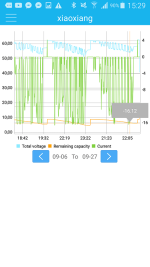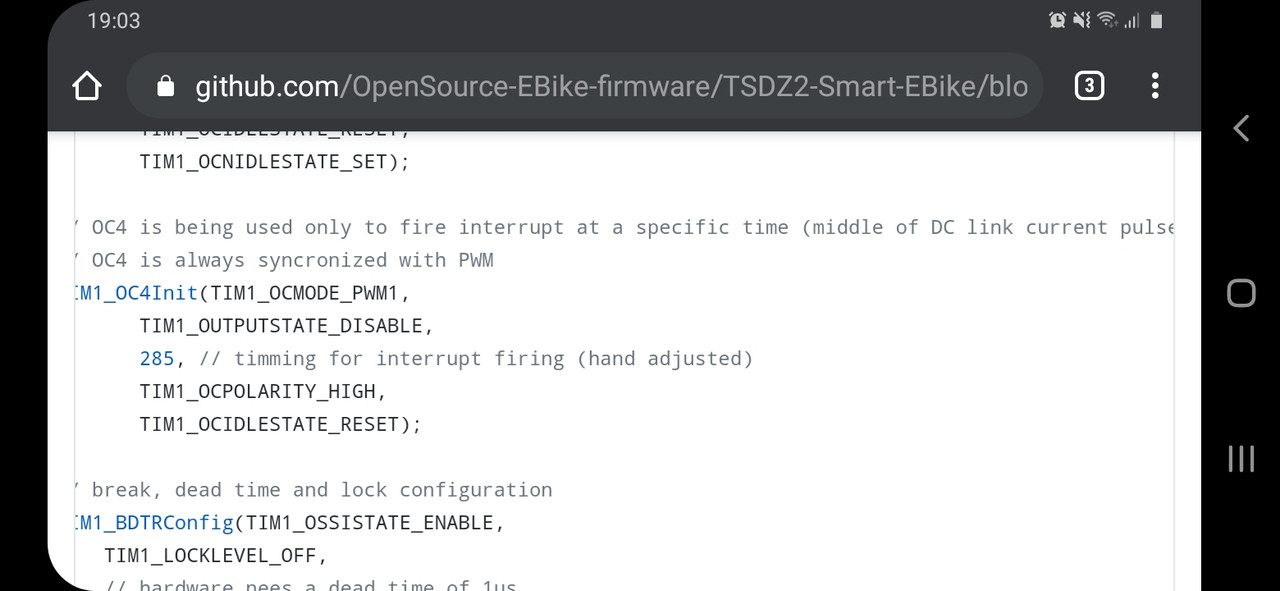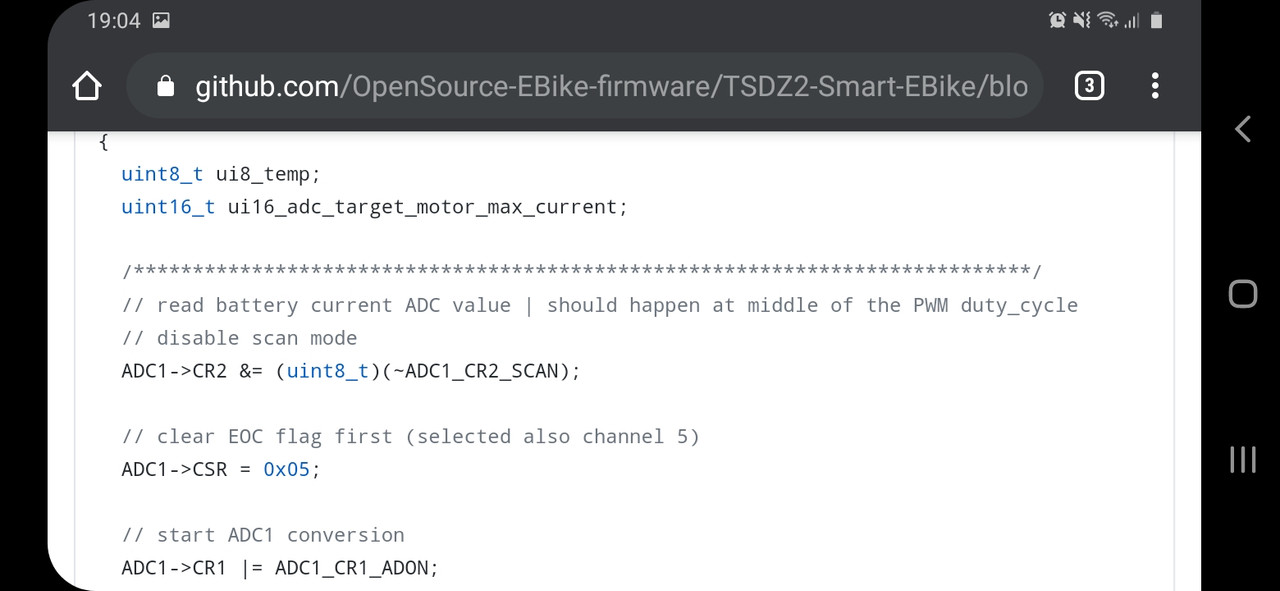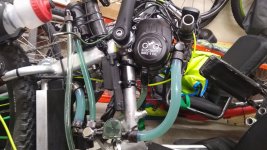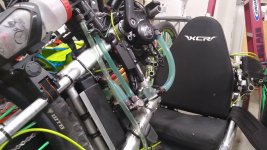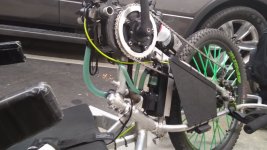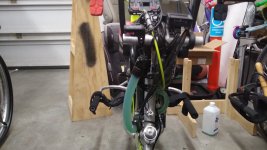jeff.page.rides
100 W
- Joined
- Aug 13, 2019
- Messages
- 295
jeff.page.rides said:This is a copy of a reply to an email I received asking about the displays and firmware available for the TSDZ2.
I thought I would share my opinion on the different versions of firmware and the different displays
Hi Lee,
There are four different displays with three different firmware programs available for the TSDZ2. The 860C display only works with V1 but is by far the best display. The 850C display works with V1 and V19 but you can’t read it in the sun. The LCD3 display works with V19 and V20 and is a good display that works in the sun, but has to be disassembled to flash. The VLCD5 is a very limited display that works with the stock firmware and V20. But to change settings or view different information with V20 is very difficult. But the display doesn’t need to be flashed, only the motors need to be flashed and it’s easy and very quick to flash with different settings and works well with V20.
Version 1 is very refined but very complex and difficult to set up and to get working correctly. It does have the potential to be very good at some point down the road, but at this time lacks low RPM power and starting power. It also doesn't work well with a coaster brake, when you stop pedaling it stops but has a high rate of resistance when you pull back to brake, you have to move the pedals back forward 1 inch then pull back again and the resistance stops so you can brake.
It is the only version at this time that works on the 860C which is the best display.
Version 20 is very good, but it could use a few refinements. I believe this is the very best software for any setup.
I hope at some point someone will get version 20 to work with the 860C.
Version 19 is an older version that some people still like, but will never be improved, it does not work with coaster brake motors.
If you could take the good parts of version 1 and version 20 and get them to work on an 860C that would be the very best scenario.
Later,
Jeff
Elinx wrote: ↑Sep 24 2020 4:26pm
jeff.page.rides wrote: ↑Sep 24 2020 3:38pm
.... displays and firmware available for the TSDZ2.
There are four different displays with three different firmware programs available for the TSDZ2. ......
..
If you could take the good parts of version 1 and version 20 and get them to work on an 860C that would be the very best scenario.
There is forgotten one version of the OSF based on v0.20b1, but with some additions that are also inside v1.0.
That is the OSF BTversion of mspider65, that works with bluetooth and Android display.
I haven't been following the wireless forum, I didn't know that some code from V20 was being used. Thats good to hear, I thought it was all code from V1. Can this version be flashed and used on the 860C with out using any wireless devices? I have two hand cycles one has tried the VLC5 & the LCD3, both with V20, the other one has tried the LCD3 and 860C with V20 and V1. My wifes bike has a 850C and has tried V19 threw V1. We have used the displays and firmware versions in the last several months. It's a lot of work consistently changing systems but it's the only way to compare them accurately. Thanks to electrifybike.com for flashing them each time, and my wife and family for being my hands. As a weak handcyclest I notice things easier than others. And the TSDZ2 is 18" in front of my face, so can hear small changes and can touch the TSDZ2 anytime easily.




